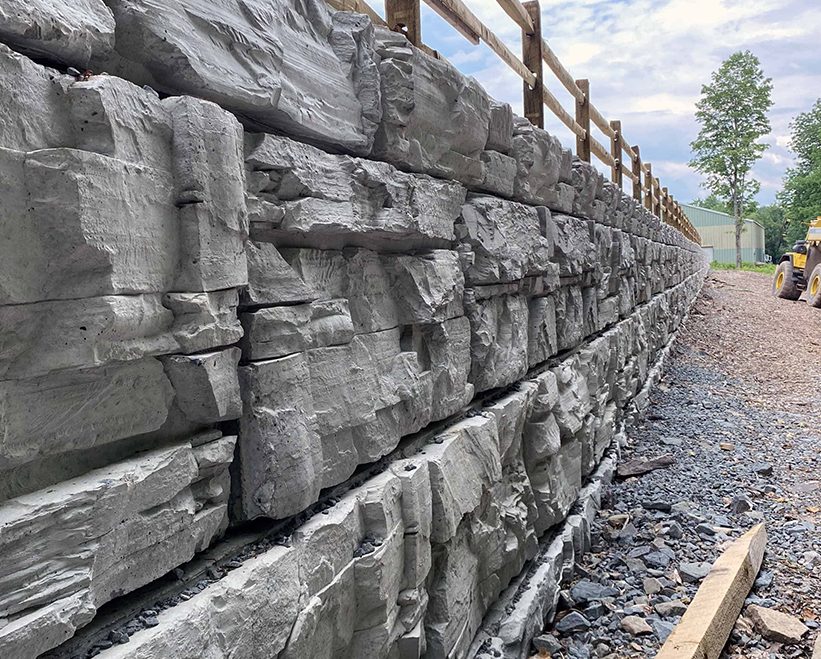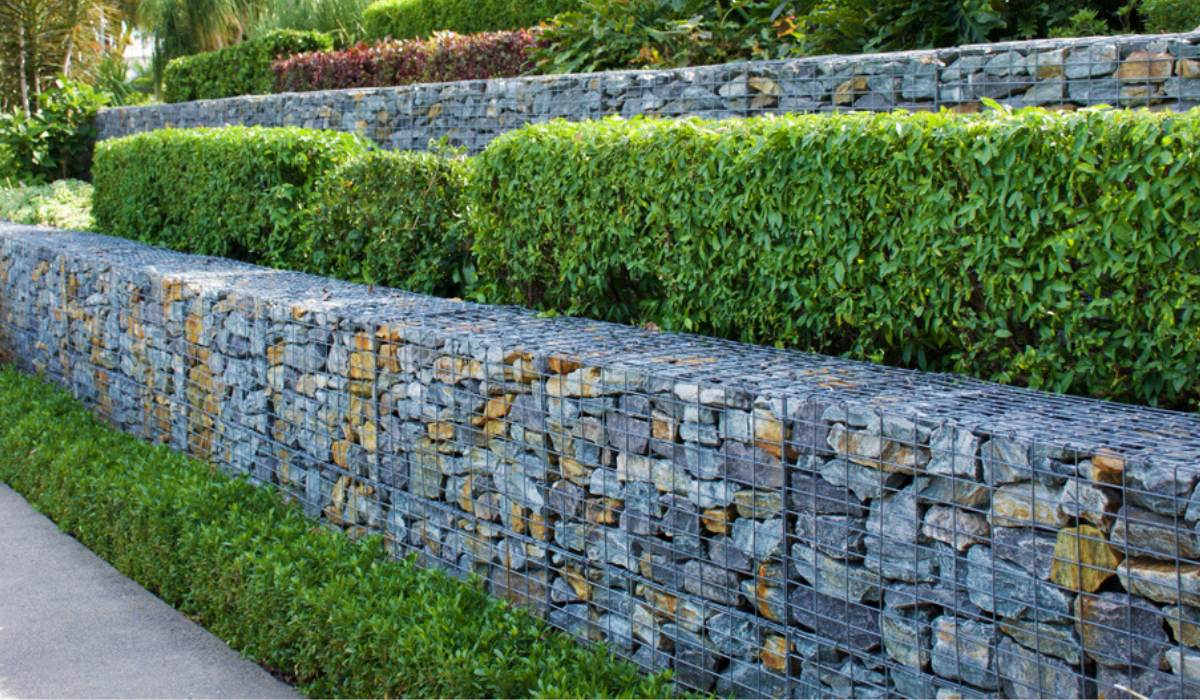
Content
- Popular Types of Wood used in the Construction Industry - FLETCHERS RETAINING WALLS
- Why You Should Consider A Two-In-One Landscape Design - RETAINING WALLS ADELAIDE
- View Our Retaining Wall Inspiration Gallery - SA
- Retaining Walls Provide Stability - RETAINING WALLS ADELAIDE
- Retaining Walls - FLETCHERS RETAINING WALLS
Popular Types of Wood used in the Construction Industry - FLETCHERS RETAINING WALLS
Retaining wall surfaces are frameworks developed to hold back dirt, rock, or other materials and also avoid them from wearing down or collapsing. They are generally utilized in landscaping and also building and construction to produce level locations, stop landslides, and give security to sloping terrain. Preserving wall surfaces can be made of numerous materials, such as concrete, rock, block, or wood, as well as come in various styles and designs. In this write-up, we will certainly talk about the benefits of retaining wall surfaces, the different sorts of retaining wall surfaces, as well as the aspects to think about when building a maintaining wall. Advantages of Retaining Wall surfaces: Retaining wall surfaces provide a number of benefits, consisting of: Protect against soil disintegration: Keeping wall surfaces hold back soil and also prevent it from deteriorating or collapsing, which can shield the surrounding atmosphere and also avoid damages to residential property. Create degree areas: Maintaining wall surfaces can be utilized to develop level areas on sloping surface, providing extra useful space for landscaping or building and construction.
Improve landscape style: Preserving walls can include aesthetic interest as well as measurement to a landscape, creating chances for growing or attractive features. Minimize upkeep: Retaining walls can help in reducing upkeep by preventing soil disintegration and also protecting the surrounding landscape from damages. Supply security: Retaining walls can supply security to sloping surface, preventing landslides or other soil motions that can be unsafe or devastating. Types of Keeping Walls: There are a number of kinds of preserving wall surfaces, each with its one-of-a-kind features and benefits. The most typical sorts of preserving wall surfaces are: Gravity Retaining Walls: Gravity keeping wall surfaces count on their weight and also the weight of the material they hold back to supply security. They are constructed from hefty products, such as concrete, stone, or brick, and also are usually bigger at the base than on top to provide additional stability.
- Second, erosion can present safety concerns on steep slopes where rushing water may actually impede traffic or even destroy the land.
- A retaining wall can designate a shift of function within an outdoor feature such as a patio.
- By using a retaining wall near a border or slope, you provide leveled surfaces on inclined planes.
- Well-designed brick retaining wall can serve dual purpose – it can provide an outer shelf for plants and can also be utilized for picnic supplies or yard games.
- Such walls intensify an aesthetic appeal to the structure and its surrounding.
- Erosion is particularly concerning in areas without trees or shrubs extending their roots into the soil.
- Depending on the slope and grade of a landscape, water may pool and even flood certain areas.
- This makes retaining walls all the more important, especially if your landscape does not feature a lot of trees and shrubs to hold the soil in place.
- Regardless of materials, retaining walls achieve the result of creating terracing in a sloped area and holding soil in place.
- There are a number of benefits to having a retaining wall, ranging from reducing soil erosion to increasing your property value.
- We are a local and family-owned landscaping company offering a variety of landscape services, from new installations and complete renovations, to simple improvements.
- We have the resources, experience, and expertise to help you create and maintain your property in excellent condition.

Cantilever Retaining Walls: Cantilever maintaining wall surfaces utilize an enhanced concrete piece or light beam to keep back the product they sustain. They are made to move the weight of the material to a solid footing, developing a counterbalance to the product's weight. Sheet Heap Preserving Wall Surfaces: Sheet heap preserving wall surfaces utilize interlocking steel, concrete, or timber sheets to hold back the product they sustain. They are usually used in areas with limited room or where excavation is hard. Secured Maintaining Wall Surfaces: Secured preserving wall surfaces utilize cords or rods anchored to the material they support to offer extra stability. They are normally made use of in areas with high soil stress or where the product being supported is particularly hefty.
View Our Retaining Wall Inspiration Gallery - RETAINING WALLS ADELAIDE
Aspects to Think About When Building a Retaining Wall: When constructing a preserving wall surface, a number of elements need to be taken into consideration to guarantee its stability and long life. One of the most essential factors to take into consideration consist of: Soil Problems: The soil problems, such as the kind of soil, dampness material, and dirt pressure, can influence the layout as well as construction of a maintaining wall. The dirt must be tested prior to building to make sure that the retaining wall surface is built to hold up against the pressure and also weight of the product being held back. Drain: Proper drain is important to prevent water from collecting behind the keeping wall surface, which can cause it to stop working. A drainage system, such as a perforated pipe, need to be installed to permit water to flow easily far from the keeping wall surface.

Height: The height of the preserving wall is an essential variable to consider, as taller wall surfaces call for more considerable construction and added support to avoid failing. A competent designer needs to be spoken with Get the facts when developing a preserving wall over four feet high. Product: The material utilized to create the retaining wall can impact its security, durability, as well as look. The product needs to be chosen based on the atmosphere, the product being kept back, and the desired aesthetic. Layout: The layout of the preserving wall ought to think about the surrounding environment. Avoid Soil Erosion: Among the key advantages of preserving wall surfaces is their ability to prevent soil erosion. They hold back soil as well as avoid it from wearing down or falling down, which can shield the surrounding setting and also protect against damages to home. Maintaining wall surfaces likewise stop water drainage from getting rid of the dirt, which can trigger considerable damages to the landscape. Produce Functional Area: Maintaining walls can produce additional usable space on sloping terrain. They can be used to level out a sloping backyard, developing a level location for outside activities such as barbeques, outdoor dining, or gardening. Preserving wall surfaces can likewise be utilized to develop terraced yards or to sustain an outdoor patio or deck, offering additional room for leisure as well as home entertainment.